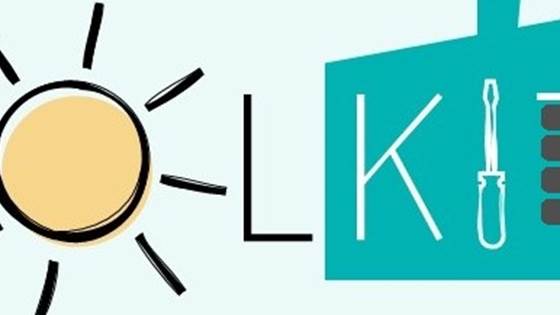
SolKit
A toolkit for sustainable integration of solar cells in the Norwegian built environment

A toolkit for sustainable integration of solar cells in the Norwegian built environment

Combining solar energy with farming to boost food and energy security together while mitigating land use conflicts.

The APOLLO project is set to forge a circular system, intertwining traditional recycling practices with future manufacturing and recycling processes for Photovoltaic (PV) waste modules.
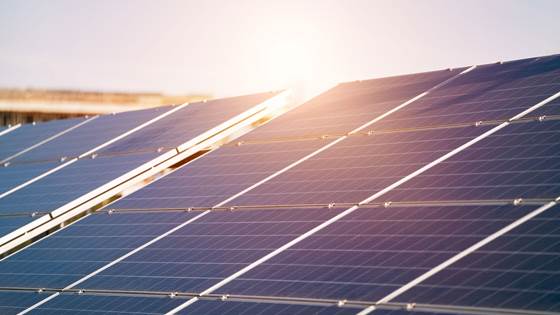
Developing optimal solar systems for industrial heat and power Horizon Europe Innovation Action
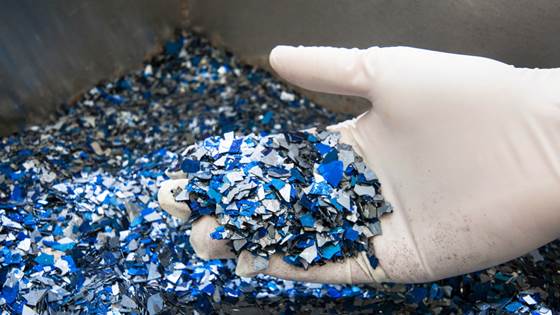
QUASAR ambition is to offer Europe the unique opportunity to move towards competitive PV production and a fully circular economy, by tackling all of the underlying challenges in a holistic way.
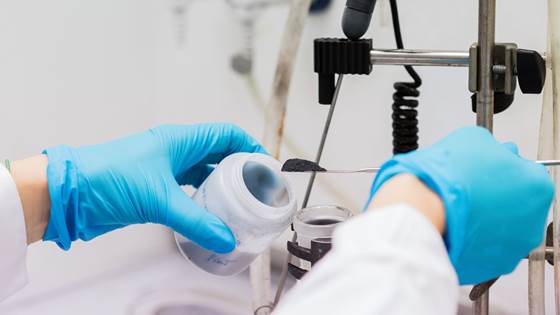
The GraphInk project will develop sustainable, cost-effective and scalable methodologies to prepare non-toxic rGO-based inks with electrical, mechanical and stability properties significantly superior to those of benchmark carbon-based inks.
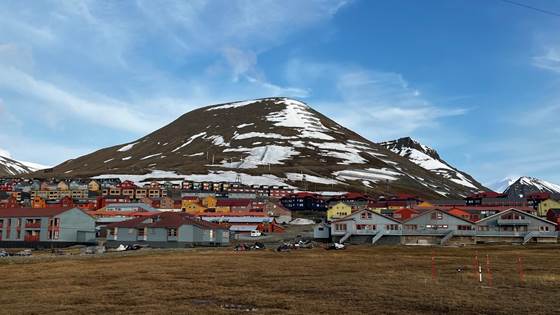
The ZEESA project build knowledge on how to design and operate renewable thermal-electrical integrated energy systems in the Arctic. These systems should be energy- and cost-efficient at same time as they ensure a high security of supply for arctic...

Structural reliable offshore floating pv solution integrating circular concrete floating breakwater.

TRINEFLEX is a toolkit for Energy Intensive Industries: a service managing the digital aspects and the flexibility and sustainability transition of industrial processes.
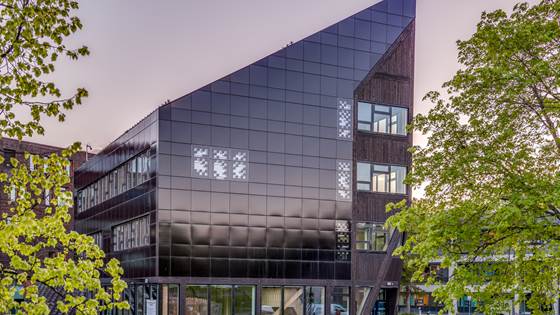
PRESAV will develop various predictive control strategies for active heat storage accounting for electricity price, district heating price, weather forecast (especially solar irradiance and outdoor temperature) and local heat demand in buildings with...
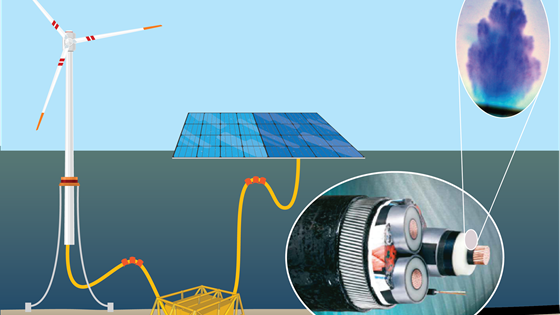
Nexans Norway, together with research partners, aim to develop the next generation lead-free power cables. In the FutureCaRe project, we will perform testing and develop modelling tools to secure high reliability and long lifetime of lead-free “wet...
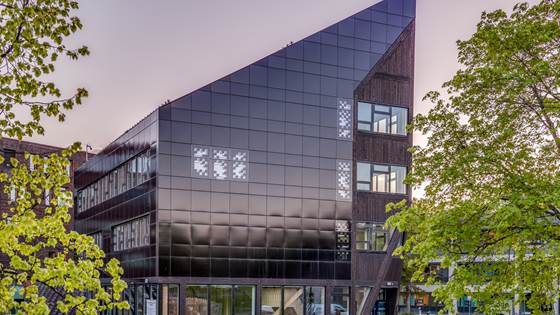
Enhancing optimal exploitation of solar energy in Nordic cities through the digitalization of the built environment
FRIENDSHIP plans to bring together research institutions, industrial designers, technologies & heat suppliers into the same consortium in order to unite skills towards the boost and control of the heat supply temperature according to processes needs.

Hybrid solutions may be a key technology for the green energy transition.
The production of photovoltaic modules generates significant resource flows, much of which currently becomes waste, including silicon kerf, graphite, and silica from ingot production.
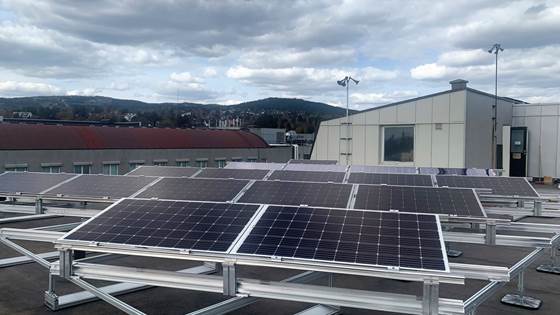
The GreenEST project aims to develop state-of-art charging stations for electric transportation (cars, busses) consisting of innovative light-weight PV panels coupled with grids and batteries.
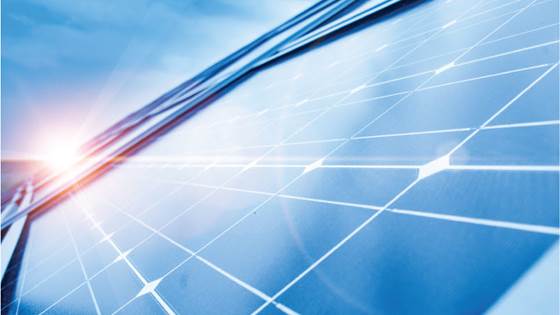
The project is a concept evaluation for innovative energy and climate solutions in buildings, building areas and energy systems.

The main goal of the eNeuron project is to develop innovative tools for the optimal design and operation of local energy communities (LECs) integrating distributed energy resources and multiple energy carriers at different scales.